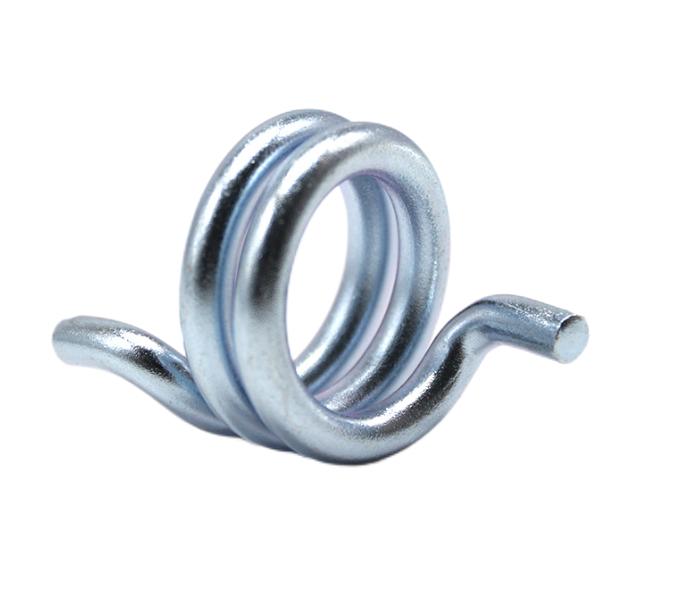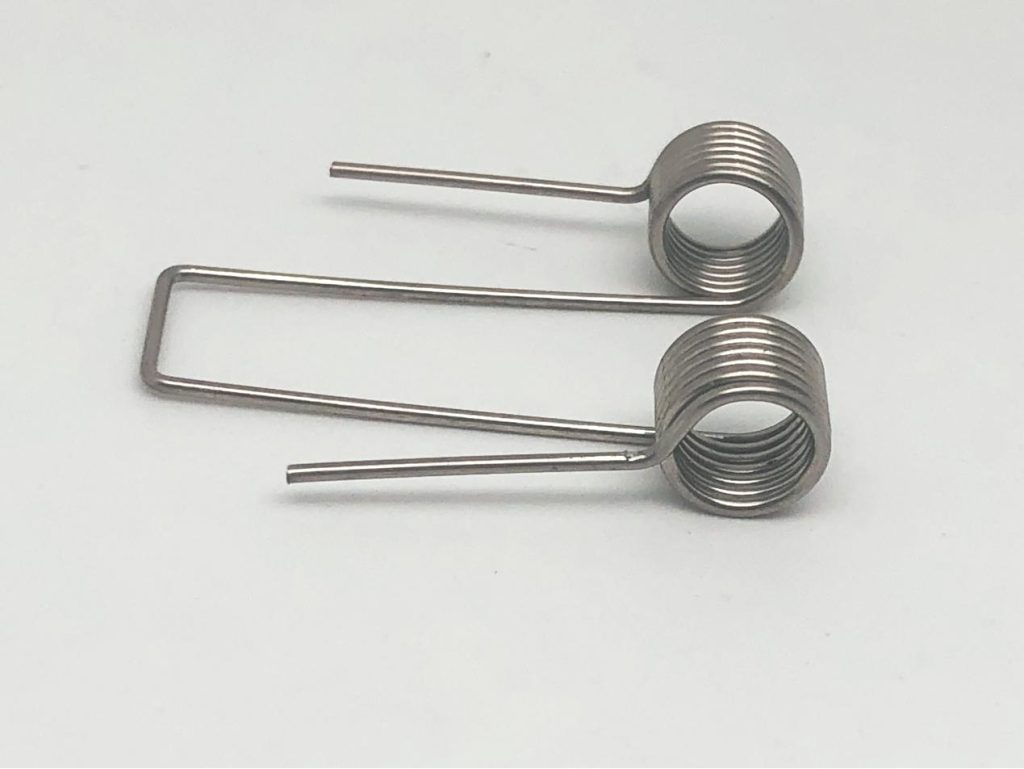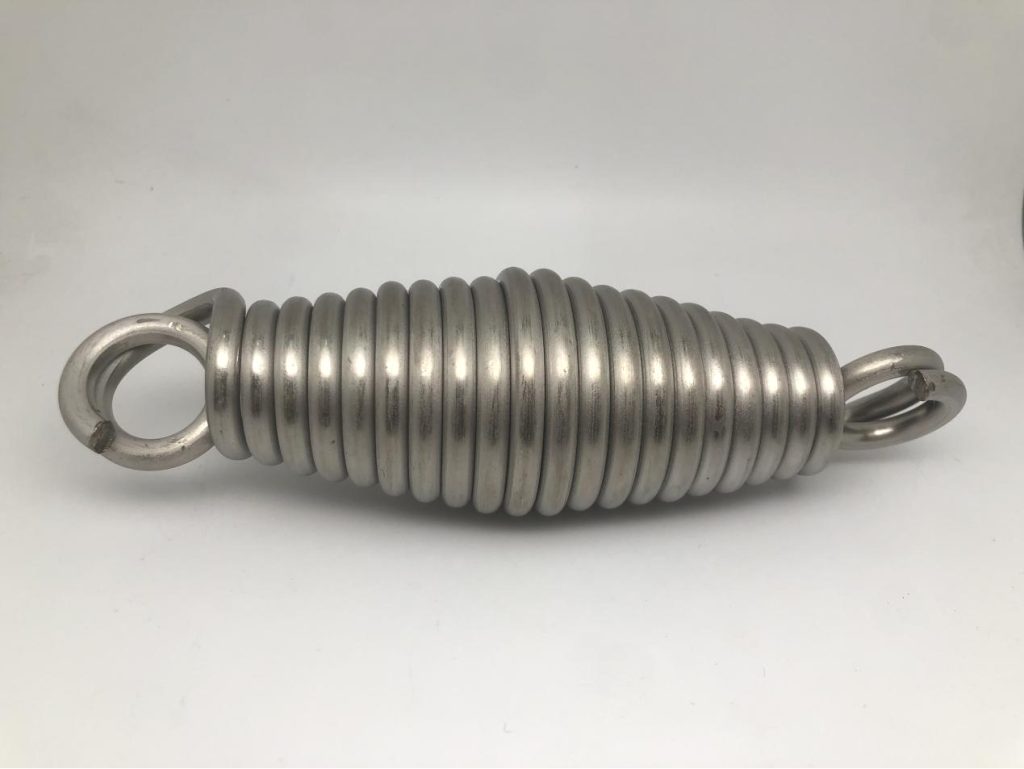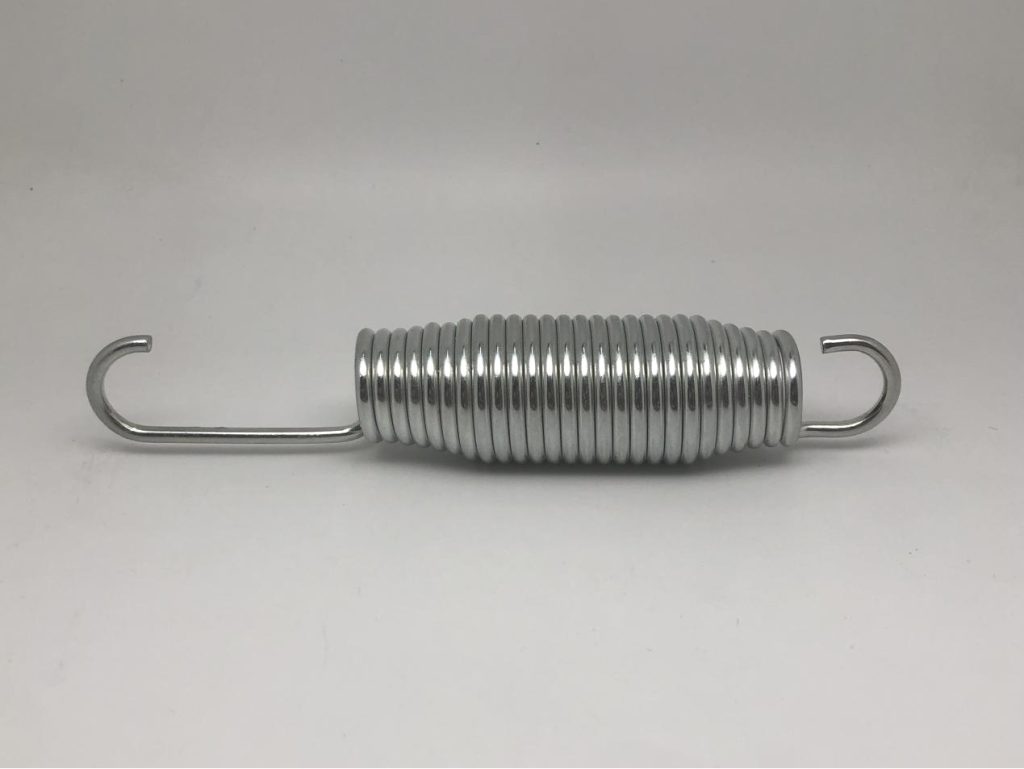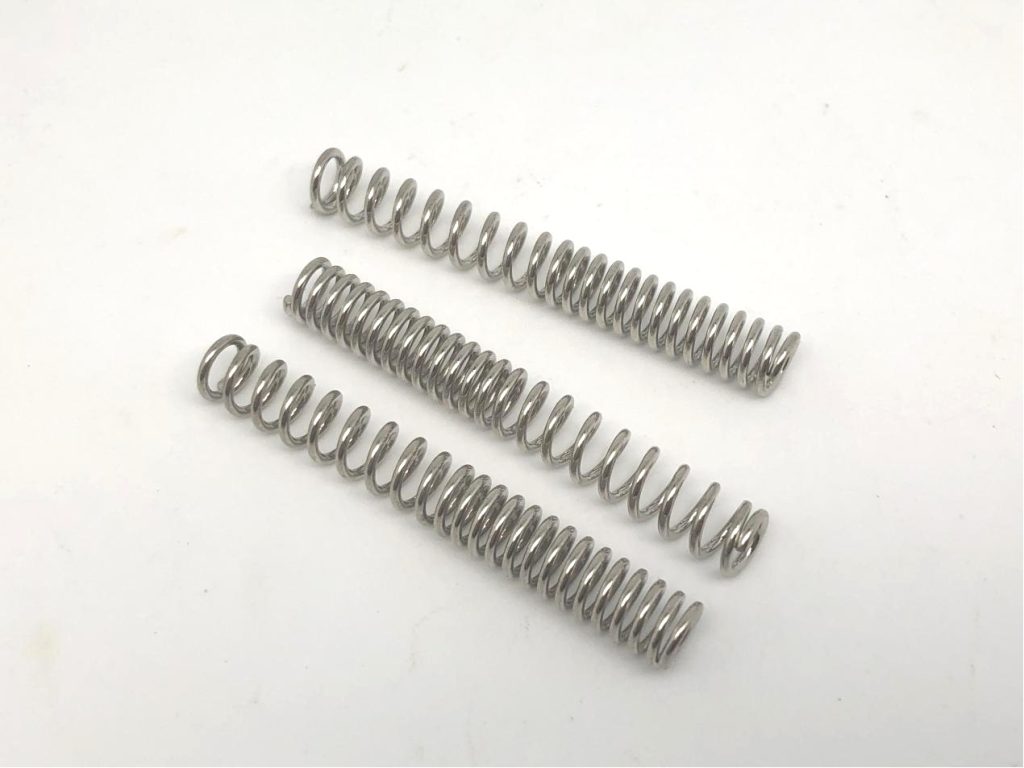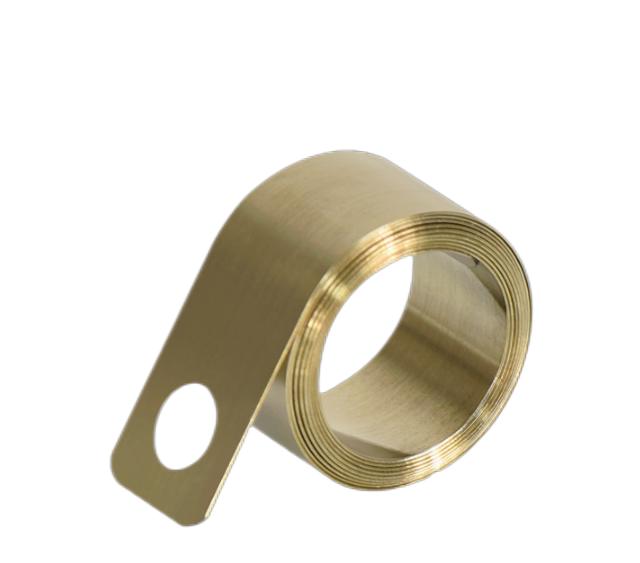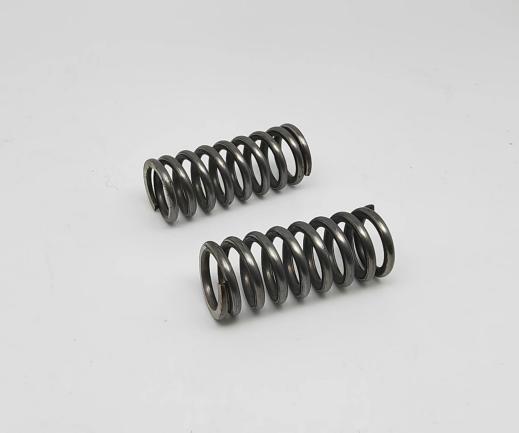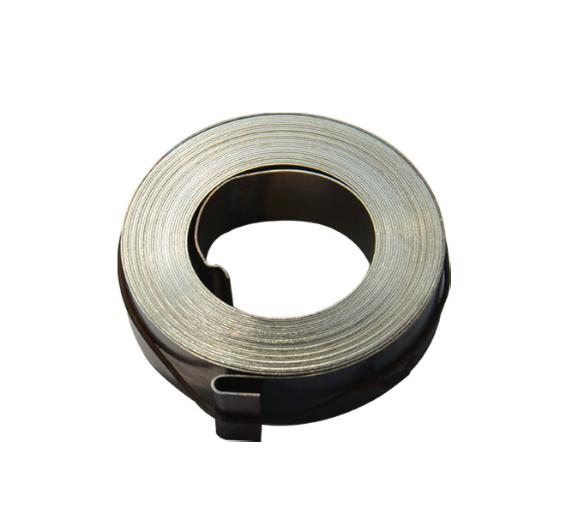Battery Springs: How to Remove Rust and How to Prevent Rusting
Batteries play a crucial role in powering various devices, from our essential gadgets like smartphones and remote controls to larger appliances like laptops and power tools. However, over time, battery springs may succumb to rust and corrosion, hindering their ability to function optimally. Rust on battery springs can disrupt the electrical connection and reduce the overall efficiency of the battery. To ensure the longevity and proper functioning of your batteries, it is essential to know how to remove rust on battery springs and, more importantly, how to prevent battery springs from rusting in the first place. In this article, we will explore a step-by-step guide on removing rust from battery springs and discuss effective strategies to keep your battery springs rust-free for a more extended period.
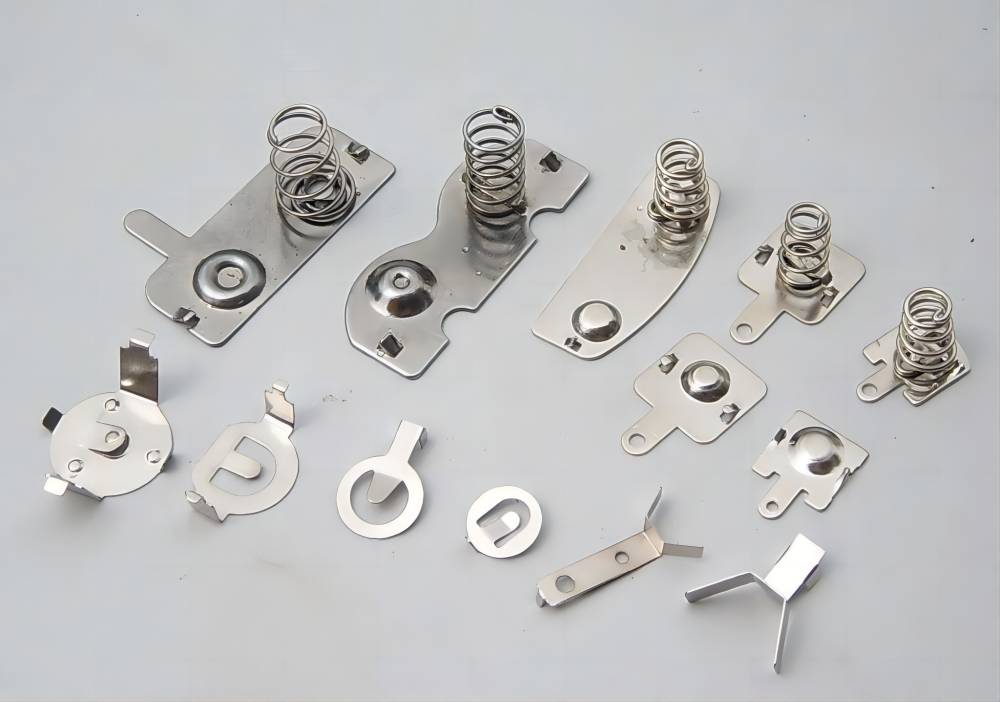
How to Remove Rust on Battery Springs?
Before we delve into the methods of removing rust from battery springs, it is essential to take proper safety precautions. When dealing with rust remover solutions or cleaning agents, wear safety gloves and goggles to protect your hands and eyes from potential splashes or contact with chemicals.
Step 1: Gather the Necessary Tools and Materials
To remove rust from battery springs effectively, you will need the following tools and materials:
- Safety gloves
- Safety goggles
- Rust remover solution
- Soft brush or toothbrush
- Clean cloth or paper towels
Step 2: Disconnect the Battery
Ensure that the device connected to the battery is turned off. Then, carefully remove the battery from the device to work on it separately.
Step 3: Cleaning the Rusted Battery Springs
Dip the soft brush or toothbrush into the rust remover solution, ensuring that the bristles are coated. Gently scrub the rusted areas on the battery springs, applying moderate pressure. Avoid using metal brushes or abrasive materials, as these could further damage the springs or scratch the battery contacts.
Step 4: Wiping off the Rust and Residue
After scrubbing the rusted areas, take a clean cloth or paper towel and wipe off the rust and residue. You may need to repeat the process several times until the battery springs are clean and free from rust.
Step 5: Drying the Battery Springs
Allow the battery springs to air dry completely. Avoid using heat sources for drying, as excessive heat may damage the springs. Once dry, inspect the springs to ensure no traces of rust remover solution or moisture remain.
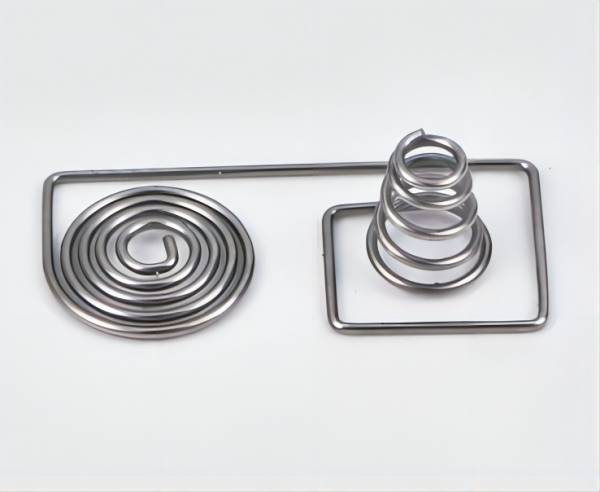
How to Avoid Battery Spring Rusting?
Preventing rust on battery springs is a proactive approach to extending the life and performance of your batteries. Here are some effective strategies to keep your battery springs rust-free:
Step 1: Store Batteries in a Dry Environment
Humidity and moisture are primary contributors to battery spring rusting. To prevent this, store your batteries in a dry environment. Avoid leaving batteries exposed to humid or damp places. Consider using airtight containers for battery storage, especially when storing batteries for an extended period.
Step 2: Implement a Regular Maintenance Schedule
Frequently inspect your batteries and their springs for any signs of rust or corrosion. Implementing a regular maintenance schedule will help you detect and address rust issues early on, preventing them from worsening and potentially damaging the battery’s performance.
Step 3: Apply Protective Coatings
Battery terminal protectors or anti-corrosion sprays are readily available in the market and can provide an additional layer of protection to your battery springs. Apply these coatings as directed, ensuring complete coverage of the spring surface. The protective coatings act as a barrier, preventing moisture and rust from affecting the battery springs.
Step 4: Keep Batteries Away from Moisture
It may seem obvious, but it’s essential to keep batteries away from water or other liquids. Accidental exposure to liquids can lead to rust formation on the battery springs and may even render the battery useless. Handle batteries with clean and dry hands, and avoid placing them near liquids or wet surfaces.
Step 5: Replace Old Batteries When Necessary
Over time, batteries can become more susceptible to rust and corrosion. If you notice extensive rusting or damage on a battery, it is best to replace it with a new one. Using high-quality batteries can also reduce the risk of rusting, as they are often designed with better materials and protective measures.
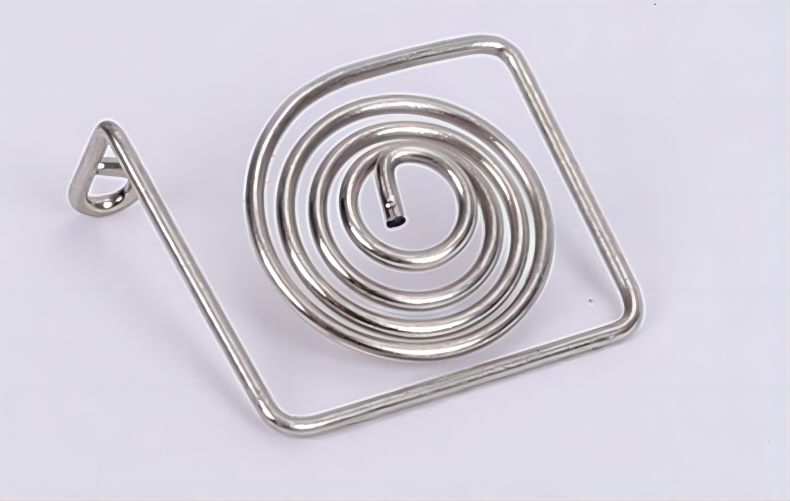
Conclusion
Taking care of battery springs is essential to ensure the optimal performance and longevity of your batteries. By following the steps to remove rust from battery springs and implementing preventive measures, you can maintain your batteries in excellent condition. Remember to use the appropriate safety gear when handling cleaning agents, and always store your batteries in a dry environment. Regular maintenance and proper storage will keep your battery springs rust-free and allow you to make the most of your devices and appliances powered by these essential energy sources. So, don’t let rust compromise your battery’s performance; take action today and enjoy long-lasting, reliable power whenever you need it.

